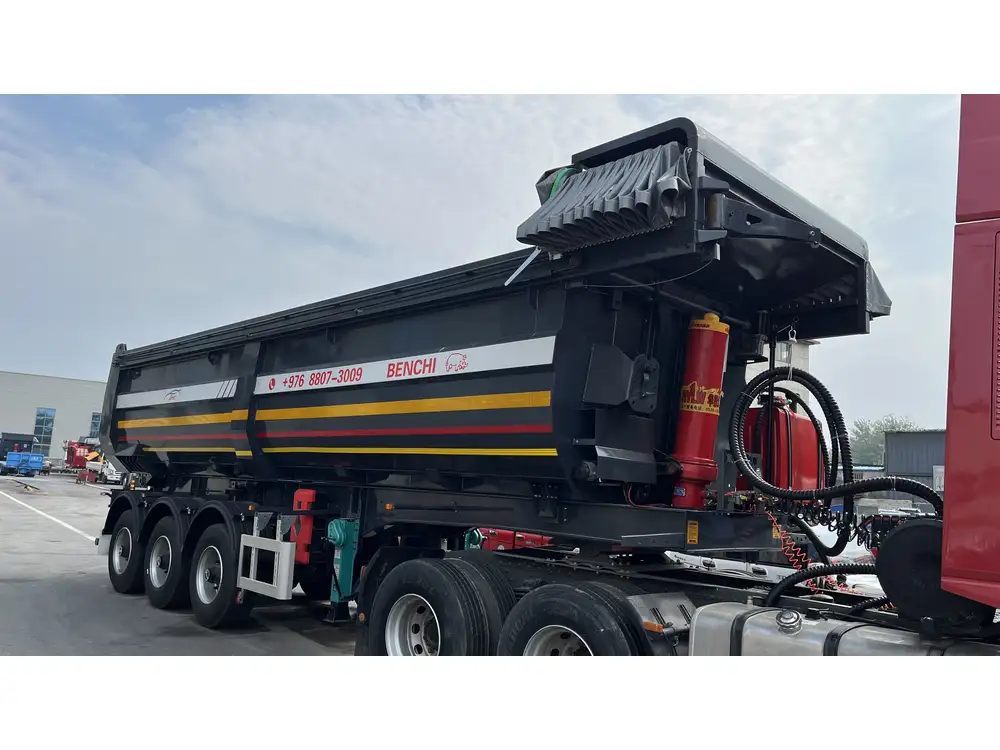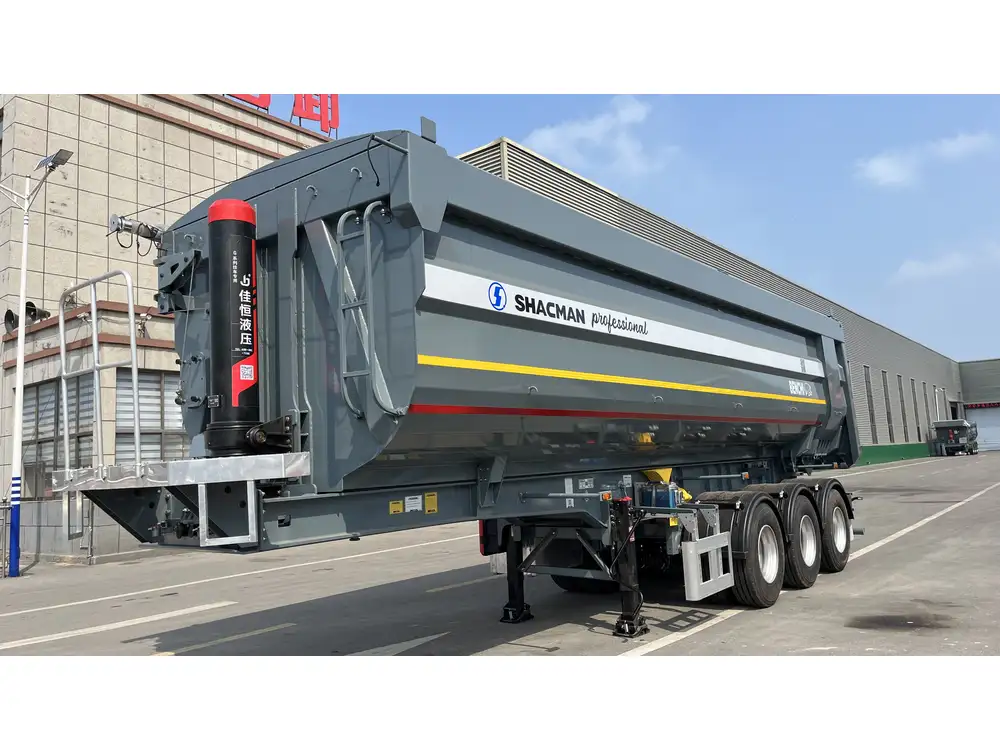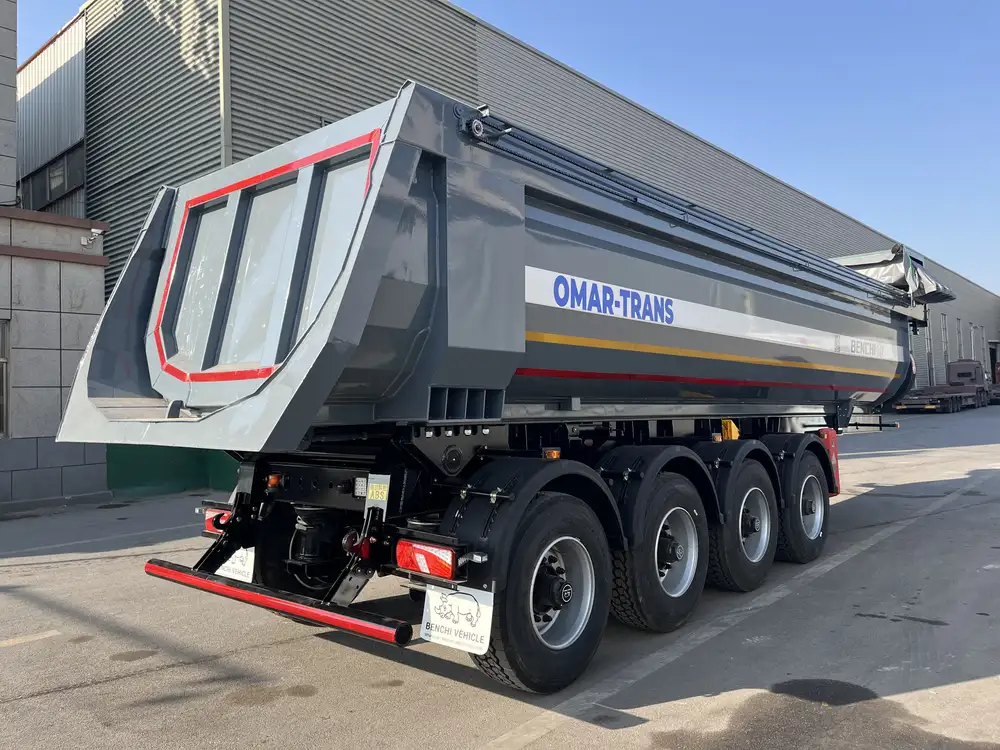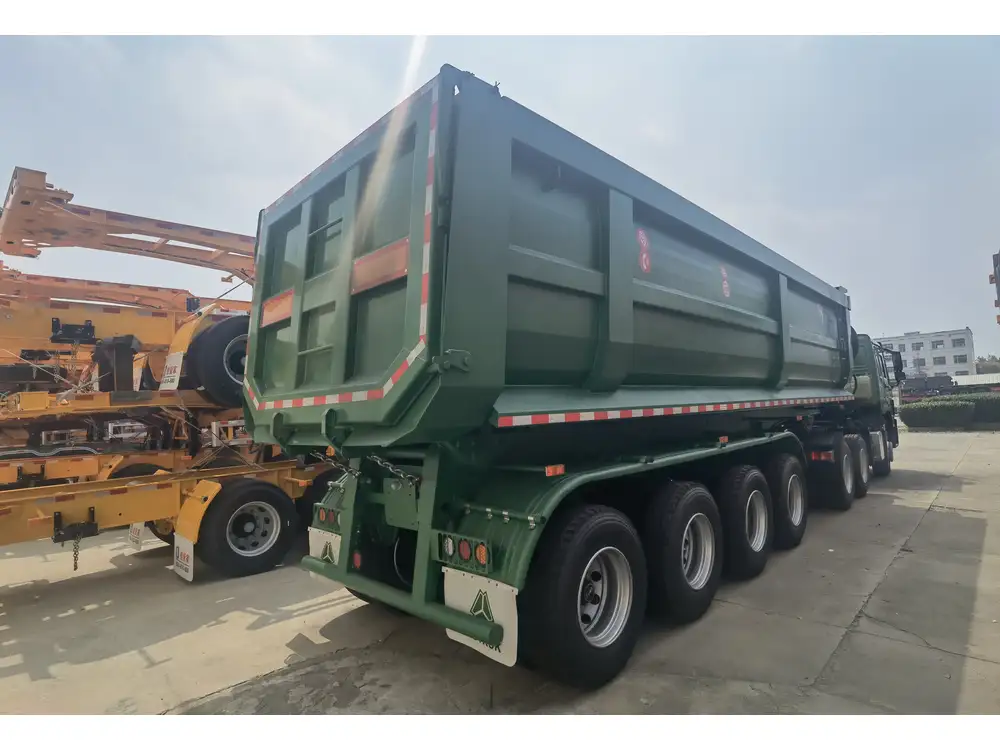When it comes to trucking, fuel efficiency and capacity are two of the most critical factors. A question that frequently arises among truck operators and enthusiasts is, “How big is the gas tank on a semi-truck?” This inquiry is pivotal not only for planning long-haul trips but also for calculating costs and optimizing performance.
Semi-Truck Fuel Tank Sizes: A Comprehensive Overview
Typical Fuel Capacities
The fuel tank size of semi-trucks varies based on several factors, including the semi-truck model and the types of routes they typically traverse. Generally, the gas tank sizes can be categorized as follows:
| Type of Semi-Truck | Average Fuel Tank Capacity |
|---|---|
| Day Cab Semi-Truck | 50-100 gallons |
| Sleeper Cab Semi-Truck | 100-300 gallons |
| Long Haul Trucks | 300-500 gallons |
Key Insights:
- Day Cab Trucks: These trucks, designed for short-haul travel, generally have smaller tanks ranging from 50 to 100 gallons since they return to their home base each day.
- Sleeper Cab Trucks: These are more versatile and designed for longer trips, equipped with larger tanks, typically between 100 to 300 gallons.
- Long Haul Trucks: Designed for extended trips, these trucks can carry fuel tanks ranging from 300 to 500 gallons, allowing them to cover significant distances before refueling.

Influencing Factors on Fuel Tank Size
Operating Environment: Trucks intended for urban environments typically have smaller tanks to ensure weight efficiency and easier maneuverability. Conversely, trucks built for long-haul trips prioritize fuel capacity to minimize stops.
Weight Regulations: Transportation regulations often dictate maximum allowable weights for semi-trucks. Truck manufacturers must design tanks that maximize fuel efficiency without exceeding these limits.
Engine Efficiency: As technology advances, newer models may feature more fuel-efficient engines, allowing truckers to opt for smaller tanks without sacrificing travel distances.
Alternative Tank Configurations
Most semi-trucks feature one or two tanks, but some configurations go beyond this standard:
Dual Tank Systems: Many long-haul trucks employ dual tank systems, wherein two tanks are installed to double fuel capacity. This system can range from 200 to over 800 gallons combined, based on the truck’s specifications.
Custom Fuel Tanks: Some manufacturers offer customizable tank solutions, allowing operators to tailor their fuel capacity to specific operational needs.
Common Questions Regarding Fuel Capacity
Understanding the nuances of semi-truck fuel tanks involves more than just knowing their sizes. Here are some frequently asked questions that help clarify their functionalities:

1. How Far Can a Semi-Truck Travel on a Full Tank?
The distance a semi-truck can travel on a full tank depends on several factors, including fuel efficiency (measured in miles per gallon, or MPG), load weight, and route terrain. Truckers often experience a range between 600 and 1,200 miles on a full tank, depending on these variables.
2. What is the Average Fuel Efficiency of Semi-Trucks?
Modern semi-trucks typically achieve about 6 to 8 MPG on highways, but this figure can vary based on factors like load weight and driving conditions. For example, heavy loads on hilly terrain may reduce efficiency significantly.
3. How Does Fuel Tank Size Affect Operational Costs?
Larger tank capacities can reduce the frequency of fuel stops, which is often beneficial for long hauls, increasing productivity and minimizing downtime. However, larger tanks also add weight, which can negatively impact fuel efficiency.

Best Practices for Fuel Management
Optimize Your Route
By using GPS technology and route optimization applications, operators can minimize fuel consumption, selecting the most efficient paths to their destinations.
Regular Maintenance
Routine checks of fuel filters, injector systems, and engine health ensure optimal fuel efficiency. A well-maintained truck performs better and consumes less fuel.

Sustainable Practices
Embracing eco-friendly driving habits, like maintaining steady speeds and minimizing idling time, can significantly enhance fuel economy.
Utilizing Fuel Management Systems
Implementing advanced fuel management systems enables truck operators to monitor their fuel usage effectively—offering real-time data that can inform driving strategies and maintenance schedules.
Engage in Fuel Card Programs
Joining fuel card programs can provide truckers with discounts, helping to reduce overall costs associated with fueling.

Advantages of Understanding Fuel Tank Sizes
Cost Efficiency: Knowing the capacities allows for better budgeting in terms of fuel expenses and logistics planning.
Enhanced Planning: By gauging how far a semi-truck can travel on a full tank, operators can better plan rest stops and refueling, which contributes to smoother logistics.
Compliance with Regulations: Familiarity with regional regulations regarding weight restrictions can help with planning fuel tank sizes to ensure compliance while maximizing efficiency.
Conclusion
In conclusion, understanding the size of gas tanks on semi-trucks is crucial for operational efficiency and cost management. Various factors influence tank size, fuel efficiency, and ultimately, the effectiveness of routes taken by these massive vehicles. Safe and strategically planned long-haul operations can yield profitability while maintaining compliance with regulations.
Maximizing the potential of semi-trucks through informed fuel management not only assists in day-to-day operations but also lays the groundwork for sustainable practices within the transportation industry. Whether one is new to the trucking world or a seasoned veteran, recognizing the importance of tank sizes and their implications is vital for successful logistics management.
By comprehensively addressing the question of semi-truck gas tank sizes, this article serves as a resource for both novice and experienced truck operators. With an emphasis on practical information and operational strategies, readers are encouraged to take actionable steps towards improving their trucking efficiency, further establishing their connection with the world of logistics.



